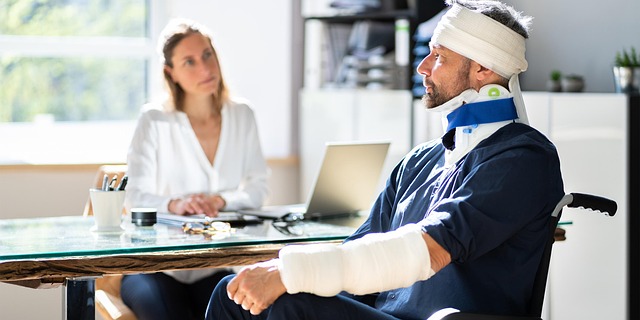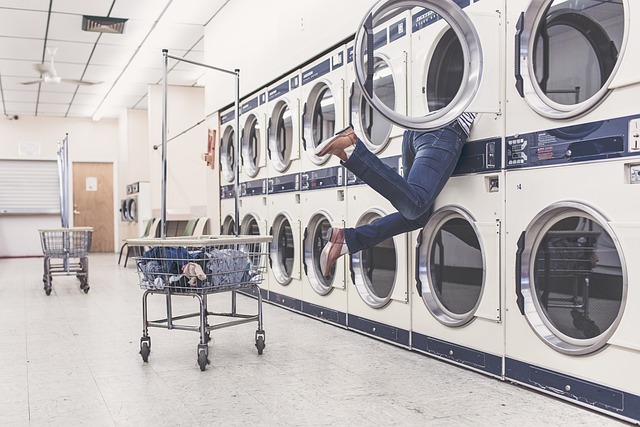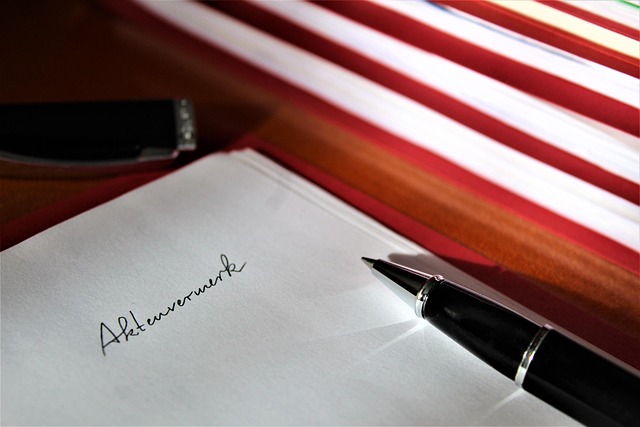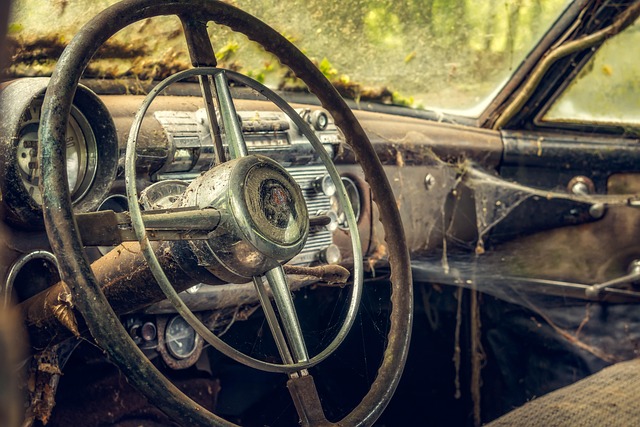Slip and fall incidents on business premises can lead to serious injuries and legal implications, with victims potentially entitled to substantial compensation through negligence claims. Businesses have a duty to maintain safe environments, and failure to do so may result in financial implications and insurance policy adjustments. Preventive measures like regular maintenance, lighting, signage, and staff training are crucial to mitigate risk, while engaging experienced personal injury lawyers offers strategic advice on risk management and defense strategies.
In today’s world, slip and fall incidents are a common occurrence with significant legal implications. Businesses operate in diverse environments, making them potentially liable for these accidents. Understanding slip and fall negligence is crucial for both preventing lawsuits and managing risks effectively. This article delves into the legal aspects, common scenarios, and strategies to mitigate risk, providing insights on how businesses can navigate and defend against liability claims related to slip and fall negligence.
- Understanding Slip and Fall Incidents: Common Scenarios and Business Liability
- Legal Aspects: Establishing Negligence and Business Obligations
- Mitigating Risk and Defending Against Liability Claims
Understanding Slip and Fall Incidents: Common Scenarios and Business Liability

Slip and fall incidents are a common occurrence that can result in serious injuries and legal implications, especially when negligence is involved. These accidents can happen anywhere, but when they occur on business premises, it raises important questions about liability. Understanding the scenarios that lead to slip and falls is crucial in gauging business responsibility.
Common scenarios include poor lighting, uneven surfaces, leaking liquids, or inadequate signage warning of potential hazards. A business’s failure to maintain a safe environment for patrons or employees can be considered negligence. In such cases, a personal injury lawyer specializing in slip and fall negligence may be consulted. The law holds businesses accountable for ensuring the safety of those on their property, and accidents resulting from their negligence can lead to significant compensation for victims through legal channels. Even medical malpractice claims could arise if an injured party requires extensive medical care due to the severity of their slip and fall injury, potentially leading to lengthy legal battles.
Legal Aspects: Establishing Negligence and Business Obligations

In legal terms, establishing slip and fall negligence involves a thorough examination of the circumstances surrounding the incident. Plaintiffs must prove that there was a breach of duty by the business, which directly led to the accident. This includes demonstrating that the business had actual or constructive knowledge of the hazardous condition and failed to take reasonable measures to rectify it. The legal concept of “negligence” is central to these cases, where the plaintiff needs to show that the business’s actions (or inactions) fell below the expected standard of care, thereby causing their injuries.
Businesses often have a legal obligation to ensure the safety of visitors and customers. This duty extends to maintaining a safe environment, regular inspections, and prompt cleanup of potential hazards, including slippery substances or obstacles. Failure to fulfill these obligations can lead to significant financial implications, with accident settlements reaching substantial amounts. While homeowner insurance claims may cover basic incidents, commercial policies often have distinct provisions for slip and fall negligence cases, emphasizing the importance of proactive safety measures in business operations.
Mitigating Risk and Defending Against Liability Claims

Businesses operating public spaces must prioritize safety to mitigate risks and defend against potential slip and fall negligence liability claims. Regular maintenance and thorough cleaning are essential preventive measures, especially in areas prone to water accumulation or debris, ensuring a safe environment for patrons. A proactive approach involves implementing clear signage, providing adequate lighting, and training staff to promptly address hazardous conditions.
Additionally, establishing clear protocols for incident reporting and documentation can help defend against claims of negligence. Businesses should also ensure they understand the legal duties owed to customers, including the concept of fiduciary duty breaches, which may arise when a business fails to exercise reasonable care. Engaging experienced personal injury lawyers can provide guidance tailored to specific circumstances, offering strategic advice on risk management and defense strategies for personal injury claims related to slip and fall incidents.
Slip and fall negligence remains a significant concern for businesses, with potential legal and financial implications. As discussed, understanding common scenarios and business obligations is crucial to mitigating risk. By adhering to legal requirements, implementing robust safety measures, and promptly addressing hazards, businesses can minimize their liability exposure. Staying informed about legal aspects and employing effective defense strategies are essential steps in navigating these complex issues. Ultimately, proactive risk management approaches can help businesses avoid costly slip and fall lawsuits and foster a safer environment for customers and employees alike.






